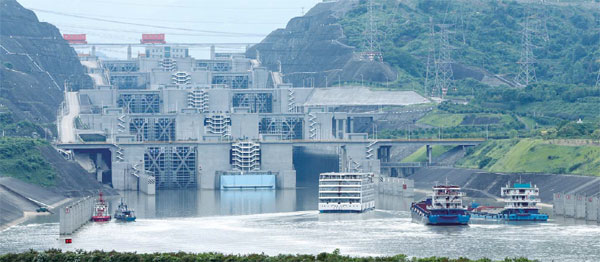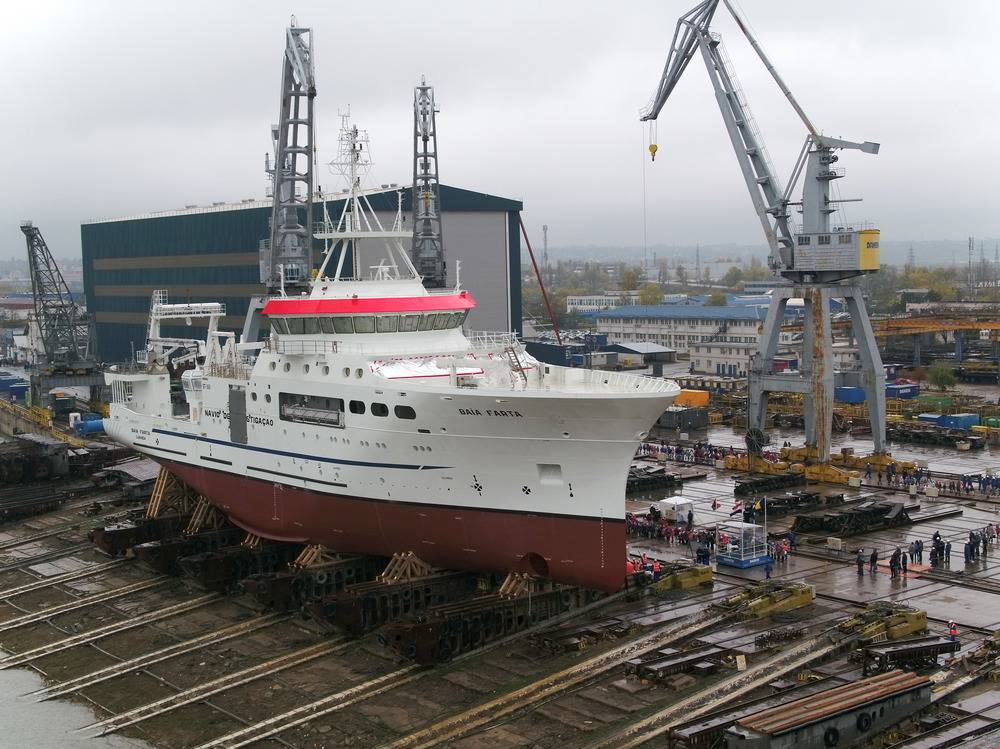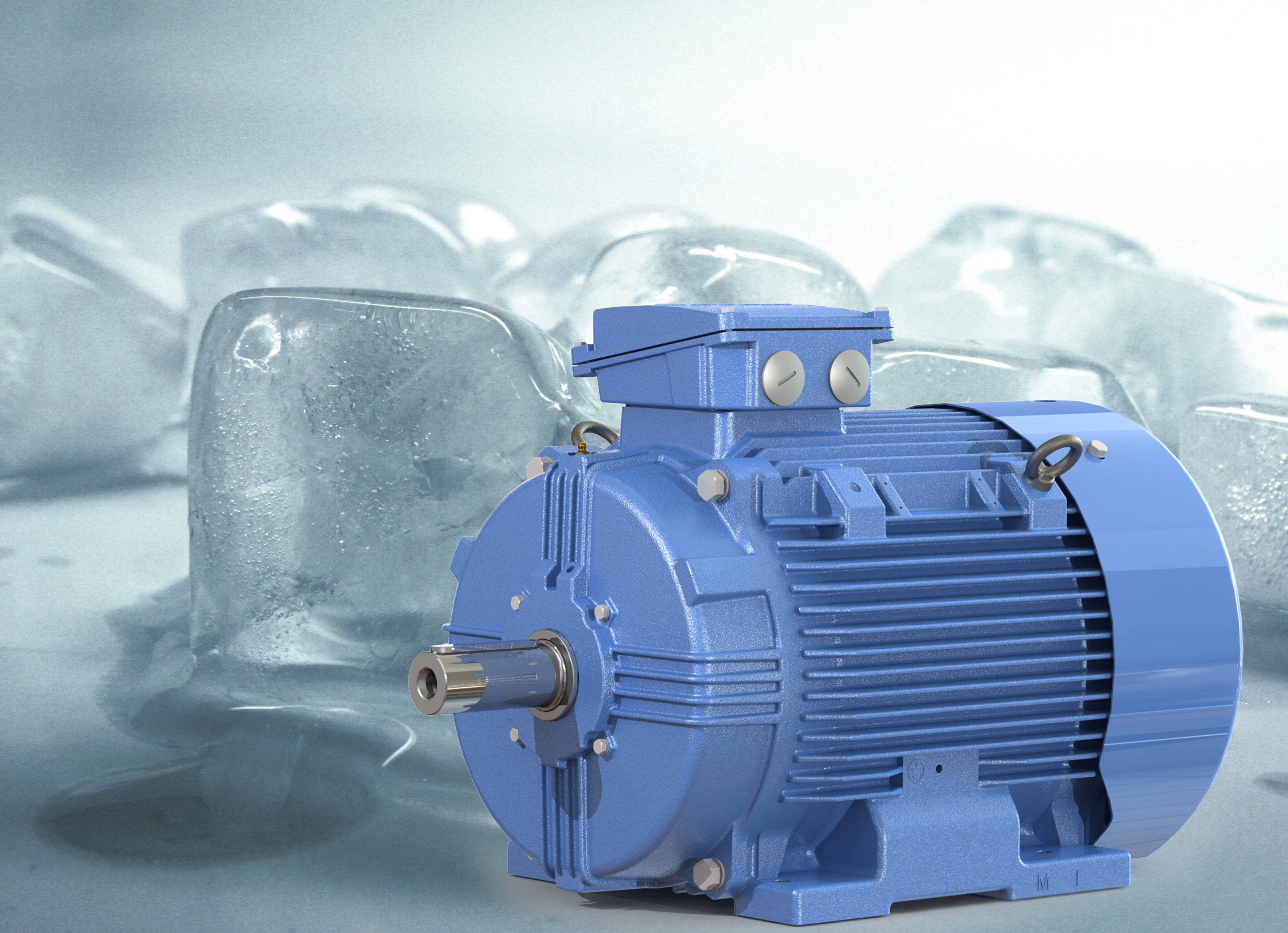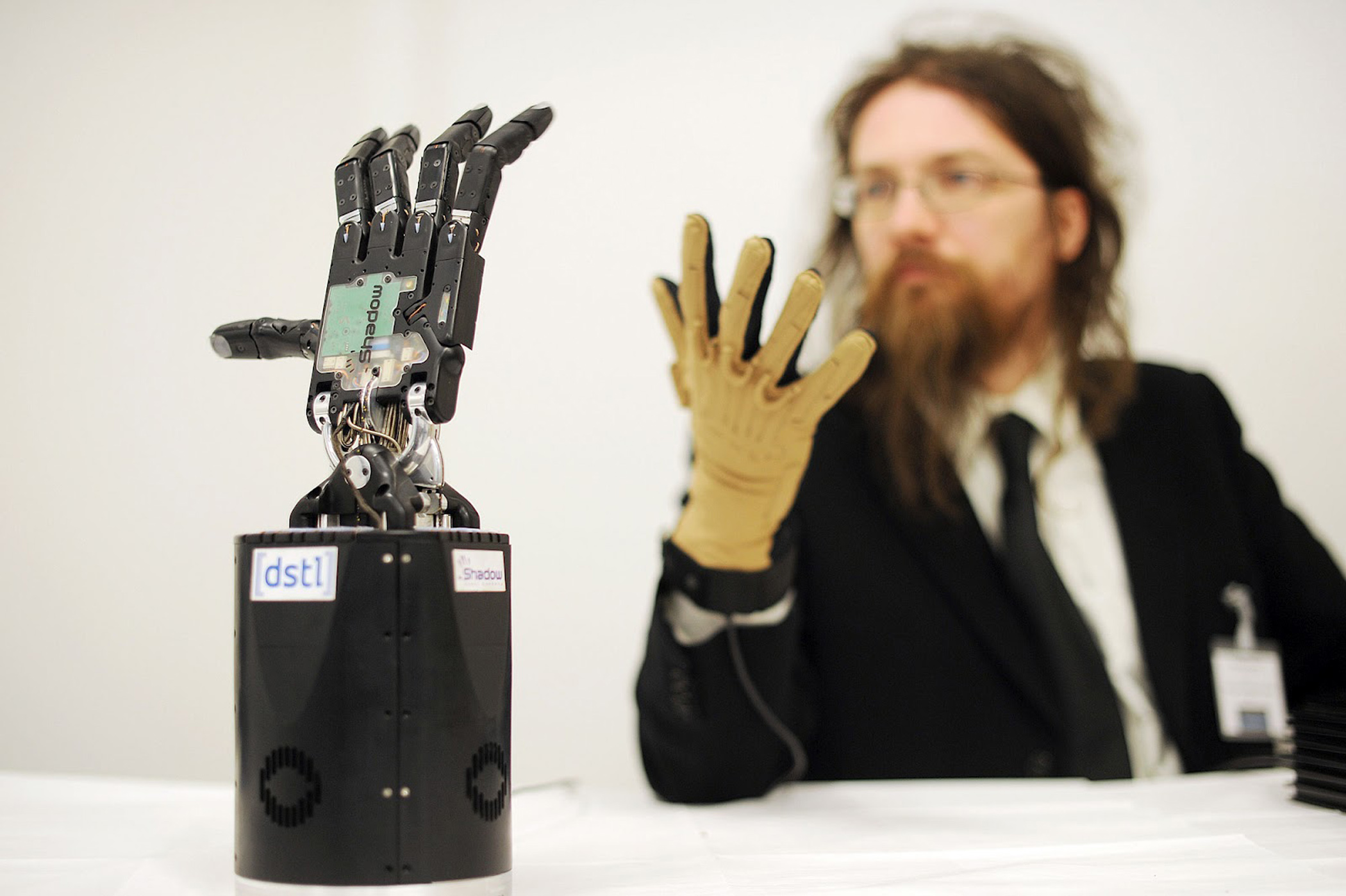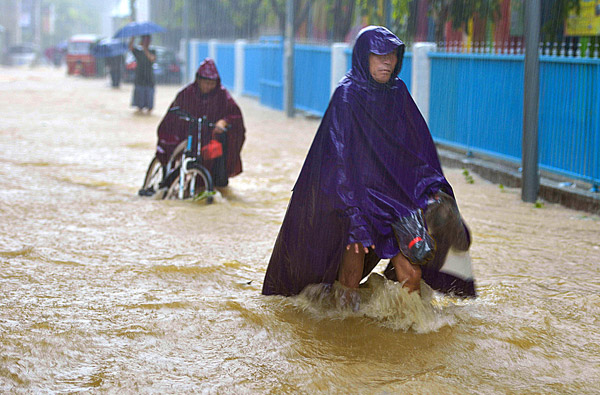Although it may seem like an environmentalists fantasy, experts in oceanic energy contend that the technology to provide a truly infinite source of power to the United States already exists in the form of Ocean Thermal Energy Conversion (OTEC). Ocean Energy Recovery: the State of the Art. This book, italicOcean Energy Recovery: The State of the Artitalic, establishes the state of the art in the full range of renewable energy technologies. It includes mature technologies such as tidal energy extraction to conjectural technologies such as salinity gradients. In addition, the economics of the major systems are compared in a. , Economics of Ocean Thermal Energy Conversion Chapter 7 in Ocean Energy Recovery: The State of the Art. Published by the American Society of Civil Engineers, 1992. Ever since Georges Claude conducted his pioneering work on Ocean Thermal Energy Conversion (OTEC) nearly 80 years ago [1, 2, generations of engineers have dreamt of tapping this enormous renewable resource. This efficiency is most probably lower than the efficiency that can be reached with current stateoftheart mirror collector systems; however, it is probably higher than efficiencies reached with ocean thermal energy conversion (OTEC) systems. Low salinity waterflooding (LSW) is an emerging enhanced oil recovery technique in which the salinity of the injected water is controlled to improve oil recovery vs. This is a thorough overview on the vast issue of energy recovery form the oceans. It is important to classify it as trully useful brief guide in all currently proven technology fields, tidal, Ocean thermal (OTEC) and wave energy. Eclipses core operational experience, combined with stateoftheart assets and geographic reach, provides clients with the resources and expertise they need to successfully complete their worldwide projects in search and recovery, energy, and governmentmilitary operations. Demonstration of the Ocean Energy (OE) Buoy at U. Navys Wave Energy Test Site Tony Lewis CTO Advancement of State of the Art in LCOE Projections Development of a Novel Launch and Recovery Strategy Completed scale model testing of novel launching and recovery strategy to Worldwide power resources that could be extracted from the steadystate operation of ocean thermal energy conversion (OTEC) plants are estimated using a simple model. Marine dock for ships, ocean going and inland barges (40 feet of water depth) Equipped with stateoftheart dock vapor recovery and thermal oxidizer for emissions control Art Samberg is a Clean Power and Efficiency project coordinator at the Center, specializing in combined heat and power, renewable energy and industrial energy efficiency projects. Arts role is to conduct outreach and provide technical and feasibility assessments to facilities that are considering deployment of clean power andor energy. Ocean Energy Recovery: The State of the Art, American Society of Civil Engineers, 1992. Natgerman, George, Wave Power, in Encyclopedia of Energy Technology and the Environment. A Preliminary Assessment of Ocean Thermal Energy Conversion Resources. Nihous [ ClosedCycle Ocean Thermal Energy Conversion, in Ocean Energy RecoveryThe State of the Art, R. , ASCE, New York, A Preliminary Assessment of Ocean Thermal Energy Conversion Resources. Waste Management Coordinating Lead Authors: Jean Bogner (USA) of organic waste, stateoftheart incineration and expanded recovery and complementary measures (increased recycling, decreased landfilling, use of alternative wastemanagement technologies), landfill CH. The practice of energy recovery from municipal solid waste is becoming increasingly widespread in North America as the prices of fossil fuels rise. The present state in the technology of energy. Seymour (editor): Ocean Energy Recovery. (American Society of Civil Engineers, New York, 1992. Ocean Energy Recovery: The State of the Art by Richard J. American Society of Civil Engineers (ASCE Publications), 1992. A collection of papers exploring the main types of ocean energy, including OTEC, tidal, and wave power. [PDFFree Ocean Energy Recovery The State Of The Art download Book Ocean Energy Recovery The State Of The Art. pdf Integrated Ocean Drilling Program Wikipedia Ocean Energy Recovery: The State of the Art Edited by Richard J. Seymour published on December, 1992: Amazon. Seymour: Libros READING: This report establishes the state of the art in a full range of renewable energy technologies that harness the power of oceans. Papers discuss mature technologies, such as tidal energy extraction, and conjectural technologies, such as salinity gradients. This proceeding of the International Conference on Ocean Energy Recovery held in Honolulu, Hawaii from November 2830, 1989 consists of thirtyeight papers. These papers explore various aspects of the basic topics: 1) Ocean thermal energy conversion, 2) wave energy, and 3) tidal energy. Descriptions of a variety of energy conversion experimental facilities from around. Economics of Ocean Thermal Energy Conversion (OTEC) by Luis A. Published by the American Society of Civil Engineers (ASCE) Chapter 7 of Ocean Energy Recovery: The State of the Art 1992. Published in Ocean Energy Recovery, pp, ASCE (1992) ii Table of Contents [(Ocean Energy Recovery: The State of the Art) [Edited by Richard J. Seymour published on (December, 1992) Richard J. Seymour ISBN: Kostenloser Versand fr alle Bcher mit Versand und Verkauf duch Amazon. Compre o livro Ocean Energy Recovery: The State of the Art na Amazon. br: confira as ofertas para livros em ingls e importados D, title Economics of Ocean Thermal Energy Conversion (OTEC, booktitle Ocean Energy Recovery: The State of the Art, American Society of Civil Engineers, year 1992 Share OpenURL Not 0. Retrouvez Ocean Energy Recovery: The State of the Art et des millions de livres en stock sur Amazon. Achetez neuf ou d'occasion After explaining the energy generation technologies, optimal operation principles, and possible utilization techniques of ocean tidal energy harvesting, the book explores near and offshore approaches for harvesting the kinetic and potential energy of ocean waves. Wave energy technologies onsisc t of a number of omponenc ts: 1) the struc ture and prime mover that captures the energy of the wave, 2) foundation or mooring keeping the structure and prime mover in place, 3) the power Scopri Ocean Energy Recovery: The State of the Art di Richard J. Seymour: spedizione gratuita per i clienti Prime e per ordini a partire da 29 spediti da Amazon. Scientists can use stateoftheart computer models of winds, river flows, ocean currents and tides to determine any location's potential for energy production, he adds. They can also predict how much energy could be produced in the future to help in planning energy use and storage. The project will improve the mechanical recovery processes for heavy oil clean up in marine and cold ocean environments and will provide an effective and practical solution for an oil spill incident. Physical tests and stateoftheart simulation techniques will be utilized in order to test, simulate, and optimize the system for a wide range of. Since the 1970s, California has dipped its toe into ocean desalination talking, planning, debating. But for a variety of reasons mainly cost and environmental concerns the state has. (NNS) The Navy joined federal, state, regional and local government and private sector energy representatives at the Washington State Ocean Energy Conference held at the Kitsap. The state of the art of ocean energy recovery activity in the United States is described. The technologies discussed in the paper include extraction of wave, tidal, ocean thermal and ocean current energy. This status report is intended to provide a description of the various ocean energy. Download Citation on ResearchGate State of the art in wave power recovery Considerable developments have taken place in the last decade or so in the field of. This report establishes the state of the art in a full range of renewable energy technologies that harness the power of oceans. Papers discuss mature technologies, such as tidal energy extraction, and conjectural technologies, such as salinity gradients. Oreco AS develops, manufactures and globally markets mobile, turnkey systems for automated waste oil recovery and storage tank cleaning in the oil and petrochemical industries. (ocean thermal energy conversion) Explain that Stuff 1974: The United States opens the Natural Energy Laboratory of Hawaii (NELHA) on 130 hectares (322 acres) of land at Keahole Point on the Kona coast as its primary test laboratory for OTEC. Abagold cultivates Abalone, the worlds most desirable seafood, in close harmony with nature, at the southernmost tip of Africa. The pristine cool waters of the Atlantic Ocean provide the necessary nutrients and environment for the production of the highest quality Abalone. The great potential of ocean energy for seawater desalination in terms of diverse energy forms, flexible integration methods and various deployment strategies can provide important environmental, water and social benefits for seawater desalination, thus promote sustainability in waterenergy nexus. Encuentra Ocean Energy Recovery: The State of the Art de Richard J. The Bureau of Safety and Environmental Enforcement (BSEE) announced yesterday that the Texas AM Engineering Experiment Stations (TEES) Mary Kay OConnor Process Safety Center has been selected to manage the Ocean Energy Safety Institute (Institute). CERS is an energy redistribution system that will allow WECs to absorb more energy from high energy wave cycles, temporarily storing excessive energy in the first step of the PTO chain, then releasing it for conversion through the remaining steps of the PTO in low energy wave cycles. Nine diverse projects selected for Washington State Clean Energy Fund matching grants include experimental building energy control systems and equipment, composite materials recycling, ocean energy, highvalue nutrient recovery, intelligent energy storage systems and management, fuel cells and polymers for ultraefficient planes and cars. Desalination is a process that takes away mineral components from saline water. More generally, desalination refers to the removal of salts and minerals from a target substance, as in soil desalination, which is an issue for agriculture. Saltwater is desalinated to produce water suitable for human consumption or irrigation. One byproduct of desalination is salt. This book, Ocean Energy Recovery: The State of the Art, establishes the state of the art in the full range of renewable energy technologies. It includes mature technologies, such as tidal energy extraction to conjectural technologies, such as salinity gradients. In addition, the economics of the major systems are compared in a uniform. Bureau of Ocean Energy Management And the Bureau of Safety and Environmental Enforcement Geological Data I. Purpose This Memorandum ofAgreement (MOA) establishes the working relationship ofthe stateoftheart software and equipment. Contacts BSEE and BOEM Regional Directors. This book, Ocean Energy Recovery: The State of the Art, establishes the state of the art in the full range of renewable ocean energy technologies. It includes mature technologies such as tidal energy extraction to conjectural technologies such as salinity gradients. In addition, the economics of the major systems are compared in a uniform manner, making it possible to realistically assess. The state of the art of ocean energy recovery activity in the United States is described. The technologies discussed in the paper include extraction of wave, tidal, ocean thermal and ocean current energy. This status report is intended to provide a description of the various ocean energy.
